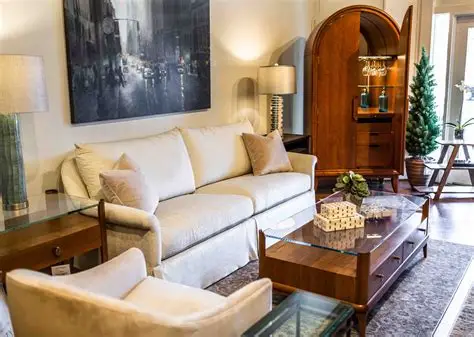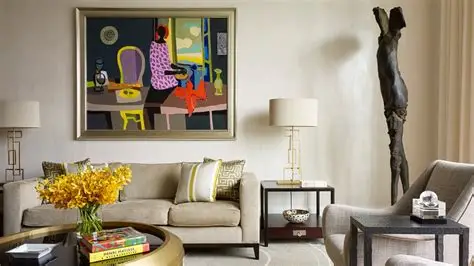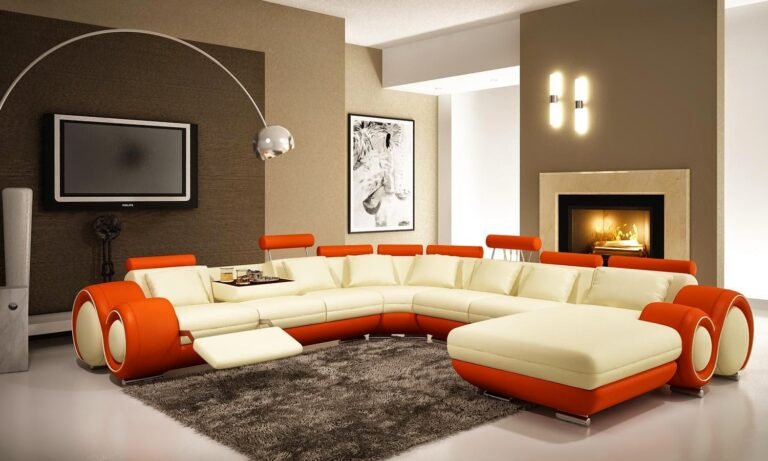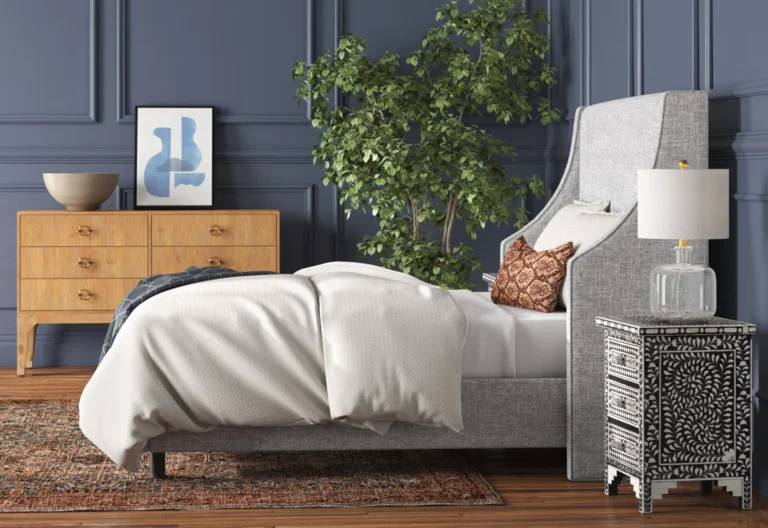
How Furniture Design Reflects Personal Style
Furniture does more than fill a space; it communicates personality, taste, and lifestyle. Every choice—from the sofa you sit on to the table you dine at—tells a story about who you are. In 2025, homeowners increasingly focus on selecting furniture that reflects their individuality while creating a cohesive home environment. Understanding how design elements express personal style helps you make choices that truly resonate.
Choosing Styles That Match Your Personality
Your personality often dictates the style of furniture you prefer. Minimalist individuals may lean toward clean lines, neutral tones, and uncluttered spaces. Those with a vibrant, energetic personality might choose bold colors, patterns, and eclectic pieces. Traditionalists often favor classic wood furniture with ornate details. By aligning furniture style with your character, you create spaces that feel authentic and comfortable.
Expressing Creativity Through Materials and Textures
Materials and textures play a significant role in expressing personal style. A mix of natural wood, leather, and soft fabrics conveys warmth and sophistication. Metallic finishes and glass surfaces suggest modernity and sleekness. Incorporating unique textures, such as rattan or woven fibers, adds personality and dimension to a room. Choosing materials carefully allows you to showcase creativity and taste in subtle ways.
Color Choices and Mood
Colors reveal much about personal preferences and influence the mood of a room. Neutral palettes evoke calm and simplicity, while bold colors convey confidence and energy. For example, a navy blue sofa suggests elegance, whereas a bright mustard chair adds playfulness. Combining color with furniture design helps express your individual style while creating harmony in the home.
Incorporating Statement Pieces
Statement furniture pieces reflect confidence and unique taste. A sculptural chair, vintage dresser, or artistic coffee table can become the focal point of a room. Such items demonstrate a willingness to experiment and highlight personal flair. Statement pieces also spark conversation and make your home memorable to guests.
Balancing Functionality and Style
Expressing personal style does not mean compromising functionality. Furniture should remain practical while reflecting taste. For instance, a modular sofa can adapt to lifestyle needs without losing aesthetic appeal. Multifunctional pieces allow creativity in design while maintaining comfort and usability.

Personalization and Customization
Personalized furniture takes self-expression to the next level. Custom finishes, fabrics, and configurations ensure your pieces match your vision perfectly. Personalized furniture tells a story, creating spaces that feel uniquely yours. Even small touches like custom cushions or engraved details can enhance the sense of individuality.
Conclusion
Furniture design reflects personal style by combining shape, color, texture, and functionality. By carefully selecting materials, colors, statement pieces, and personalized items, homeowners can create spaces that mirror their personality and lifestyle. In 2025, embracing furniture that expresses individuality allows your home to become more than a living space—it becomes a true reflection of who you are.







